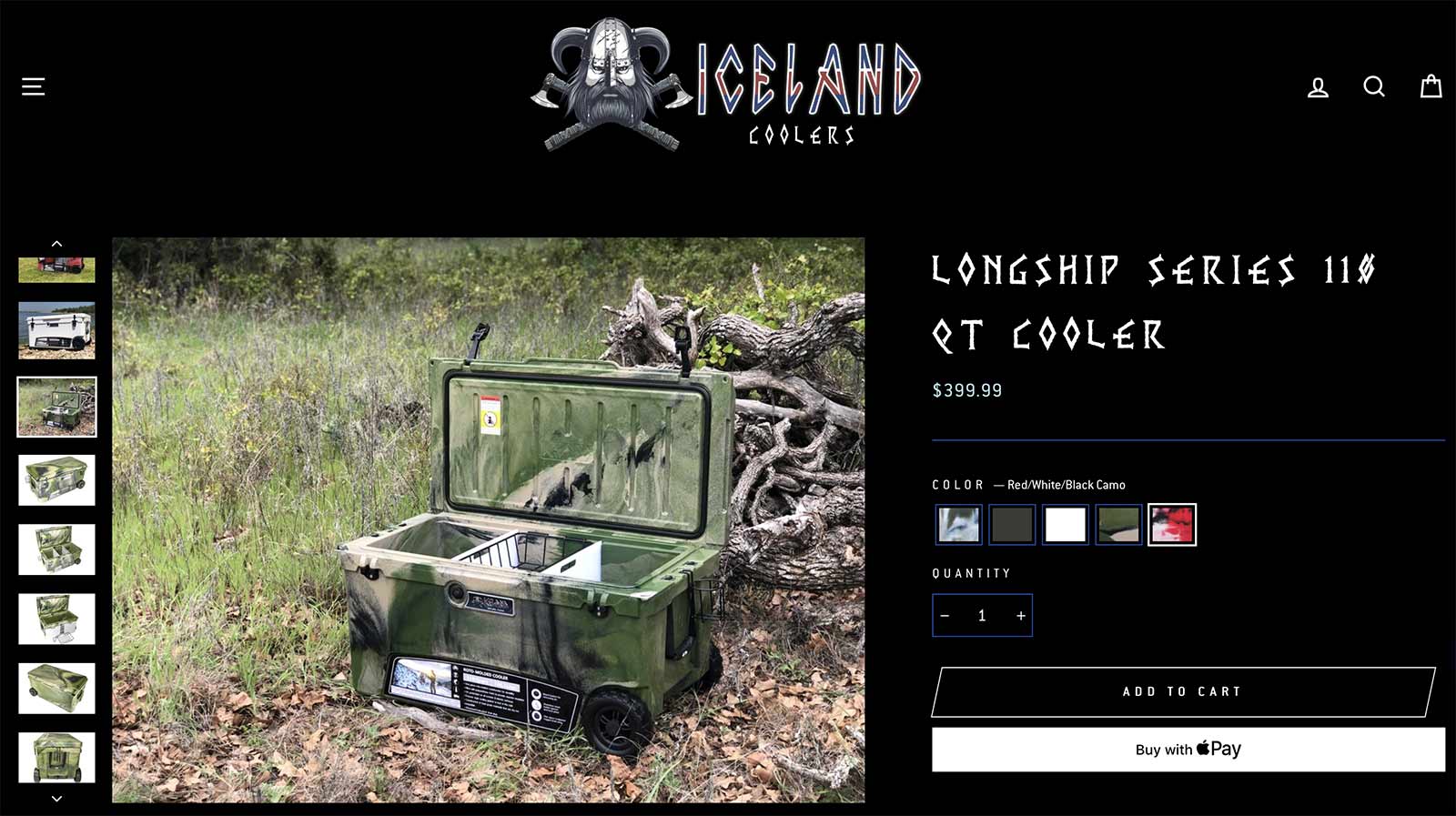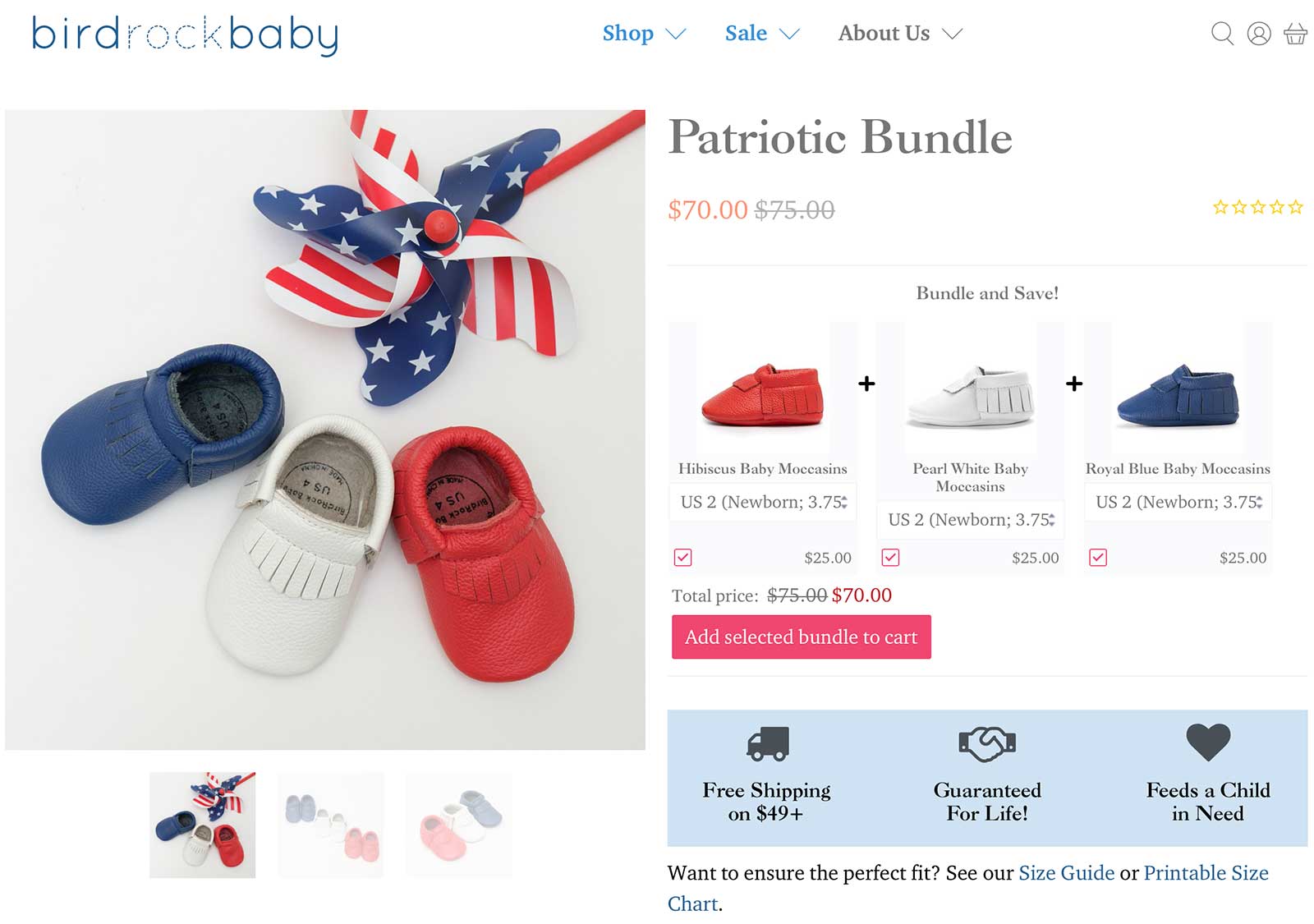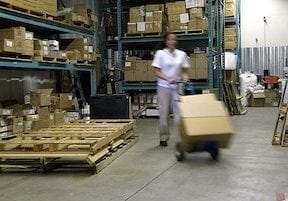Price isn’t everything, especially for quality and niche products. When boosting average order values, look at several factors. Free shipping thresholds can help, but the goal is to sell more than the minimum amount.
Coupons, volume discounts, and subscriptions — all encourage customers to click the checkout button. However, those tactics focus on competing with larger companies such as Amazon and Walmart.
Take things up a notch by emphasizing the overall value of each product. That, coupled with stellar service, can provide a much better return on investment.
4 Pricing Strategies to Increase AOV
Spotlight on quality. A 2019 study at The University of Texas at Arlington found that many consumers associate higher prices with higher quality. No product proves this more than coolers. A Rubbermaid 102-quart rolling cooler costs just under $100. Coleman’s competitive model is less than $75. Higher-end brands such as Icelandic and Yeti cost upwards of $500. And consumers shell out hundreds of dollars for top-of-the-line portable ice chests because they’re made better than their cheaper counterparts.
Call attention to production quality and features via text and imagery. Iceland Coolers uses bullet points to hype its largest cooler’s nine-day ice retention, pressure release valve, and stainless steel wheel axle. It also provides several photos so shoppers can study each element closely.

Use high-resolution, zoomable images to convey the product’s overall value. Source: Iceland Coolers.
Upsell future needs. A lower-tiered product may suit a consumer’s needs today, but what about in six months or a year? Upselling is the practice of shifting the consumer into a higher-end version of a product. It can work wonders in building loyal relationships, too.
For example, a three-quart slow cooker is likely suitable for a two-person household. But what about during the holidays when the customer plans to cook for large gatherings? Upselling to an eight-quart cooker fulfills those future needs.
Successful upselling calls for more than listing sizes or capabilities. Use landing pages to answer questions and explain why one should buy the pricier item.
Cross-sell accessories. There are two types of cross-selling: (i) recommending related products and (ii) encouraging add-ons and extras. Cross-selling typically appears on the primary product page. But strategically displaying cross-sells after the add-to-cart action is a better enticement for shoppers to spend a little more.
From promoting BPA-free water bottles with sporting gear to offering a discounted case with a pair of sunglasses, you can boost overall sales while ensuring customers order everything they need. Alternatively, recommending an everyday three-quart slow cooker to accompany a larger one prompts shoppers to address a want.
And don’t forget post-order cross-sells on the thank-you page.
Offer bundles. Skip the math and research. Bundling products that are often purchased together is an easy way to ring up more revenue. Sometimes called product kits, these packages can consist of a base product with accessories or a group of similar items in different colors or sizes.
BirdRock Baby, for example, offers bundles based on style and color around themes. Shoppers can purchase each component separately or save money and buy them all.

When bundling, provide an easy means to purchase the products individually as well. Source: BirdRock Baby.
Include images of all the products together. In the example above, the red, white, and blue shoes set a patriotic tone. Don’t rely solely on customers using their own imagination.
Creative bundles can also be fed as unique listings through various shopping feeds. This gives your store more exposure in product search results.
Beyond Price
If you’re struggling with competing by price alone, switch gears. A product’s true value, along with accessories, can justify higher price points, even if you don’t sell it exclusively.




